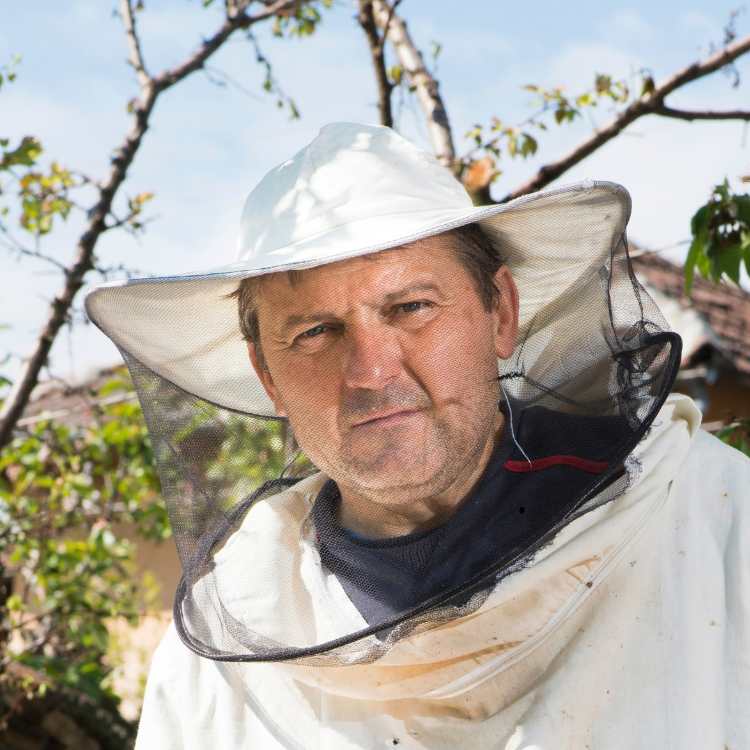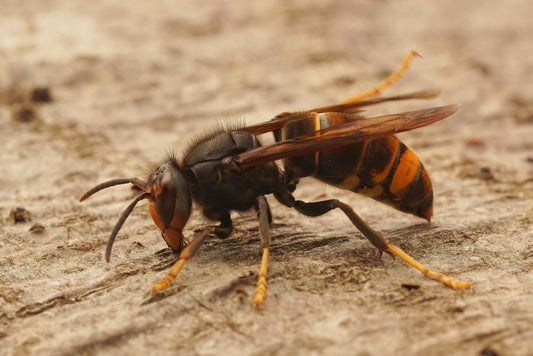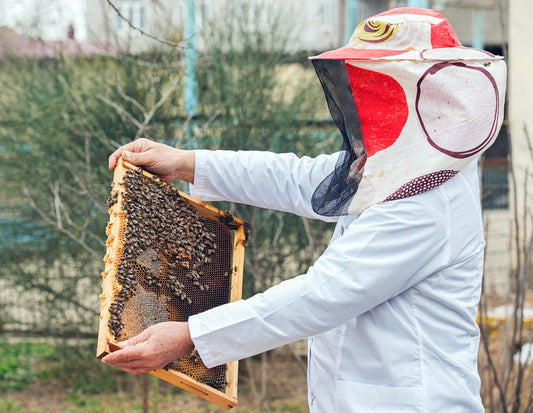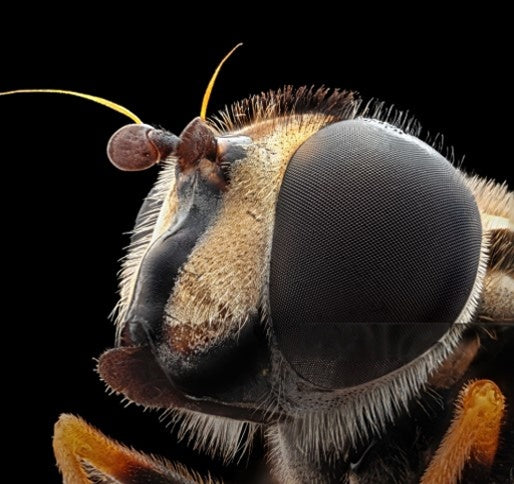The sound you hear when a bee flies by is not just arbitrary noise. It's genuinely an intricate combination of wing motions and muscle activities that reveal fascinating facts about these bugs. The bees' noises perform numerous roles, including assisting them in communicating with each other as well as maintaining their flight.
Understanding Wing Mechanics
When you hear the sound of bees, you're actually listening to their wings moving crazy fast - about 230-250 times every second. This quick movement makes the air vibrate, creating that buzz we all know. The noise created by bees varies based on the size of the bee and its activity. Large, fluffy bumble bees produce more resonant buzzing noises compared to smaller honey bees.
The science behind the sound of bees isn't just about wings flapping. Their flight muscles don't connect directly to their wings. Instead, these muscles squeeze and relax super quickly, making their middle section change shape slightly. This shape change moves their wings up and down, creating that buzzing we hear.
Communication Through Sound
Bees use different buzzing sounds to share messages. When you notice changes in the sound of bees, you're actually hearing their special language. For example, when scout bees come back to tell others where food is, the sound of bees changes to signal directions to their friends.
During swarming times, the special sound of bees becomes even more important. Queen bees make unique noises called "piping" that help organize the colony's movement. This particular aspect of the sound of bees helps keep the whole colony working together.
Sonication: The Purpose Behind the Buzz
One cool thing about the sound of bees is how they use it for pollination. Through something called sonication (or buzz pollination), bees use their flight muscles to make specific vibrations. The sound of bees during this process is extra loud as they grab flowers and shake really hard to release stuck pollen.
Some plants, especially tomatoes and blueberries, really need this special sound of bees to get pollinated properly. The specific shake helps knock loose pollen that would otherwise stay trapped in the flower.

Bees buzzing near their beehive entrance
Temperature Regulation and Colony Health
The sound of bees can tell us when they're trying to cool down their hive. During hot weather, you might hear a different buzz as bees fan their wings like tiny air conditioners. This change in the sound of bees helps keep their home at just the right temperature.
Changes in buzzing can warn them about problems like missing queens or sick bees. Some modern beekeepers even use special microphones that analyze the sound of bees to spot problems early.
Flight Efficiency and Aerodynamics
Scientists studying the sound of bees have found some surprising things about how they fly. According to physics, bees shouldn't be able to fly - their wings look too small for their bodies. But their special way of moving their wings and the vibrations they make help them stay in the air.
Understanding how bees create lift through sound and movement helps scientists make better flying robots. These discoveries teach us more about how insects fly and even help improve human-made flying machines.

Conservation Implications
As bees face problems like colony collapse and habitat loss, understanding the sound of bees becomes super important. Changes in how they buzz can warn us early about environmental problems or sick colonies. The noise that bees produce varies based on the size of the bee and its activity. Bigger, fluffy bumble bees create a more profound buzzing sound than smaller honey bees.
The science of why bees buzz
The next time, when you listen to a bee buzzing around, don't forget it's not only for noise - they use this sound for flying, talking, and living. Their incredible skill of making and utilizing sounds makes them more than just good pollinators but also interesting organisms to research on and safeguard. The protection of healthy bee populations means future generations will still hear the vital sound of bees in their gardens and parks. This special buzz reminds us how everything in nature is connected through amazing systems like sound.
Curious to know more about honeybees and beekeeping? Check out our other posts here to learn more.





